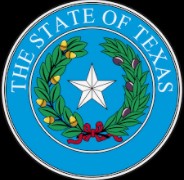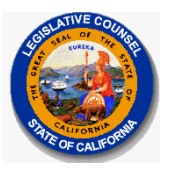
In this fourth article in our Looming Transfer Pricing Exams & IRS Preparedness Measures series, we briefly summarize the IRS’s Transfer Pricing Examination Process (TPEP) Resolution Phase, which is the final phase of the TPEP’s three phases, and we list extrajudicial taxpayer courses of action such as Appeals.
The goal of the Resolution Phase is to reach agreement on the tax treatment of each transfer pricing issue examined. Important parts of the Resolution Phase include the IRS’s presentation of the issue and its resolution, case closing, and when necessary, issuing a Revenue Agent Report with adjustments, penalties (if the taxpayer failed to timely provide documentation), and tax liability.
The TPEP instructs the issue team to provide the taxpayer an opportunity to agree or disagree with the findings for each transfer pricing issue developed during the examination. For a transfer pricing issue to be resolved, there must be an open discussion between the issue team and the taxpayer in three areas: 1) factual development, 2) the law(s) that applies to the facts, and 3) each party’s interpretation of the law(s). The issue team should meet with the taxpayer to discuss all issues and determine whether a “principled resolution” can be reached. If a field resolution is not reached, the issue team will finalize the Notice of Proposed Adjustment (“NOPA”) and Economist Report.
The TPEP discusses options that the taxpayer can pursue, including Appeals,[1] and when a tax treaty country is involved, U.S. Competent Authority (CA) requests, Accelerated CA Procedures to cover subsequent taxable years, and Simultaneous Appeals Procedures whereby Appeals works jointly with the Advance Pricing and Mutual Agreement (APMA) Program and the taxpayer prior to APMA’s consultations with the foreign CA(s). Taxpayers may request CA assistance after receiving a NOPA and are not required to wait until the conclusion of an examination to file a CA request. If APMA accepts a CA request, it will assume jurisdiction over the transfer pricing issues. Otherwise, the case remains under the jurisdiction of the issue team.
We invite you to read our article Six Time-Tested TPEP Takeaways where we share pertinent insights that are even more important today than a few years ago when the TPEP was still hot off the press.
Stay tuned for the next blog post in this series, where we discuss the IRS’s April 2020 transfer pricing guidance, Transfer Pricing Documentation Frequently Asked Questions (FAQs).
If you have any questions or would like more information on the issues discussed in this article, please contact the authors:
Guy Sanschagrin, Principal in Charge of Transfer Pricing and Valuation Services, WTP Advisors (Minneapolis, MN, USA) guy.sanschagrin@wtpadvisors.com
Doug Schwerdt, Transfer Pricing and Valuation Specialist, WTP Advisors (Houston, TX, USA) doug.schwerdt@wtpadvisors.com
Read Blog Post Part 1 in this Series
Read Blog Post Part 2 in this Series
Read Blog Post Part 3 in this Series
_____________________________________________________
[1] The TPEP reaffirms that the IRS requires 365 days to remain on the statute of limitations for taxpayers to request Appeals consideration.





























Recent Comments